In 1922, Hollywood’s Egyptian Theatre created a long, crimson-coloured walkway for the premiere of Robin Hood, starring the dashing Douglas Fairbanks. You couldn’t tell from the black and white photos, but it heralded the beginning of the red carpet. At first an opportunity for fans to get a glimpse of — and maybe even an autograph from — their screen idols, by the 1990s it had become a TV fixture, spawning an industry of fashion critiques, with Joan Rivers its fearless leader.
This was a time of wild and wonderful celebrity style, where Madonna would show up at a premiere in denim shorts, Celine Dion wore her white tuxedo backwards, Demi Moore stepped out in a ballgown fitted with bicycle shorts, and Bjork shocked the Oscars with her famous swan dress. The red carpet is a different beast in 2019. It’s become its own economy, with an army of stylists, designers and glam squads on hand to carefully craft (and monetise) each look.
During the Cannes film festival, which kicked off on Tuesday, a jury member like Elle Fanning will have assembled an arsenal of looks — in 2017, Kirsten Dunst wore 28 custom outfits over 12 days. It’s a marathon for a celebrity, and a prime opportunity for branding and promotion — of herself, of her project, of a designer, or of a political issue. Last year, Cannes juror Kristen Stewart rebelled against the heels-only policy by going barefoot on the red carpet, and jury president Cate Blanchett led an 82-woman protest to highlight that only 82 films directed by women had competed for the festival’s top prize in its 71-year history, compared with 1,645 directed by men.
From the Golden Globes blackout to Cannes, the #TimesUp movement against sexual harassment and assault aimed to change the conversation on the red carpet, but the conversation around it remains largely the same: the hours after an event like Sunday’s Bafta awards reliably produce an endless stream of “best and worst dressed” lists, as the fashion police come out to deem each look a hit or miss.
Not everyone is satisfied with this state of affairs. After the Baftas, Twitter was ablaze over a Daily Mirror recap that referred to Derry Girls’ actress Nicola Coughlan’s pink dress as “not the most flattering”. One user retorted that the paper was “contributing to the persistent degradation of women”, while TV host Alan Carr, BBC Sport presenter Gabby Logan and comedian Roisin Conaty rushed to Coughlan’s defence. Her castmate Bronagh Waugh wrote: “How 'bout we don't reduce actresses down to what they wore/how they looked (…) & celebrate them for why they are there?! That they are nominated for an actual BAFTA?!” It came weeks after Olivia Munn accused the Fug Girls (Heather Cocks and Jessica Morgan) of body-shaming women on their popular site Go Fug Yourself, arguing that bloggers need to “acknowledge the part they've played in the suppression of women”.
Read more: check out all the amazing looks at the BAFTA TV awards
All The Best Looks At The BAFTA TV Awards
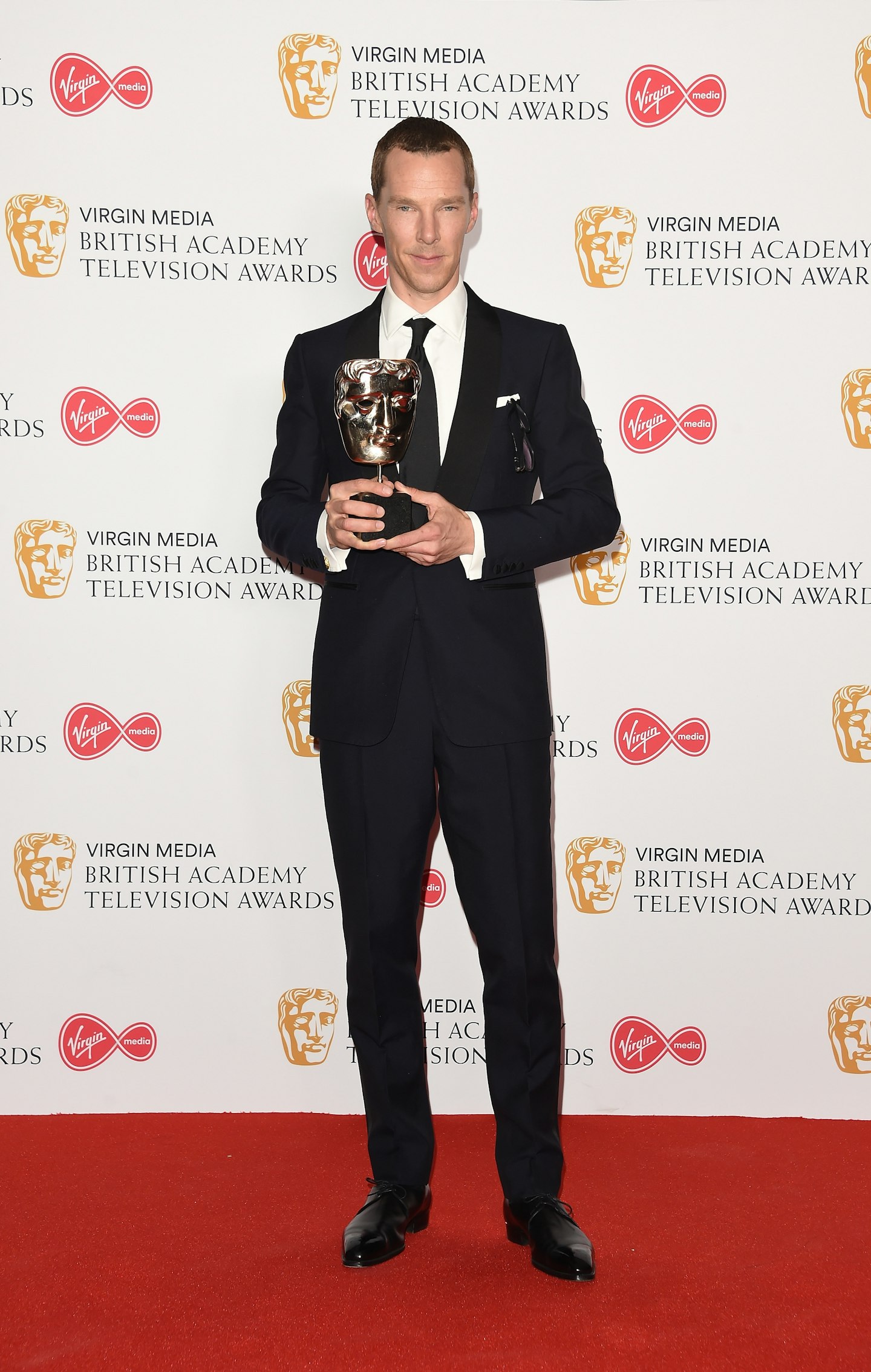 1 of 27
1 of 27Benedict Cumberbatch
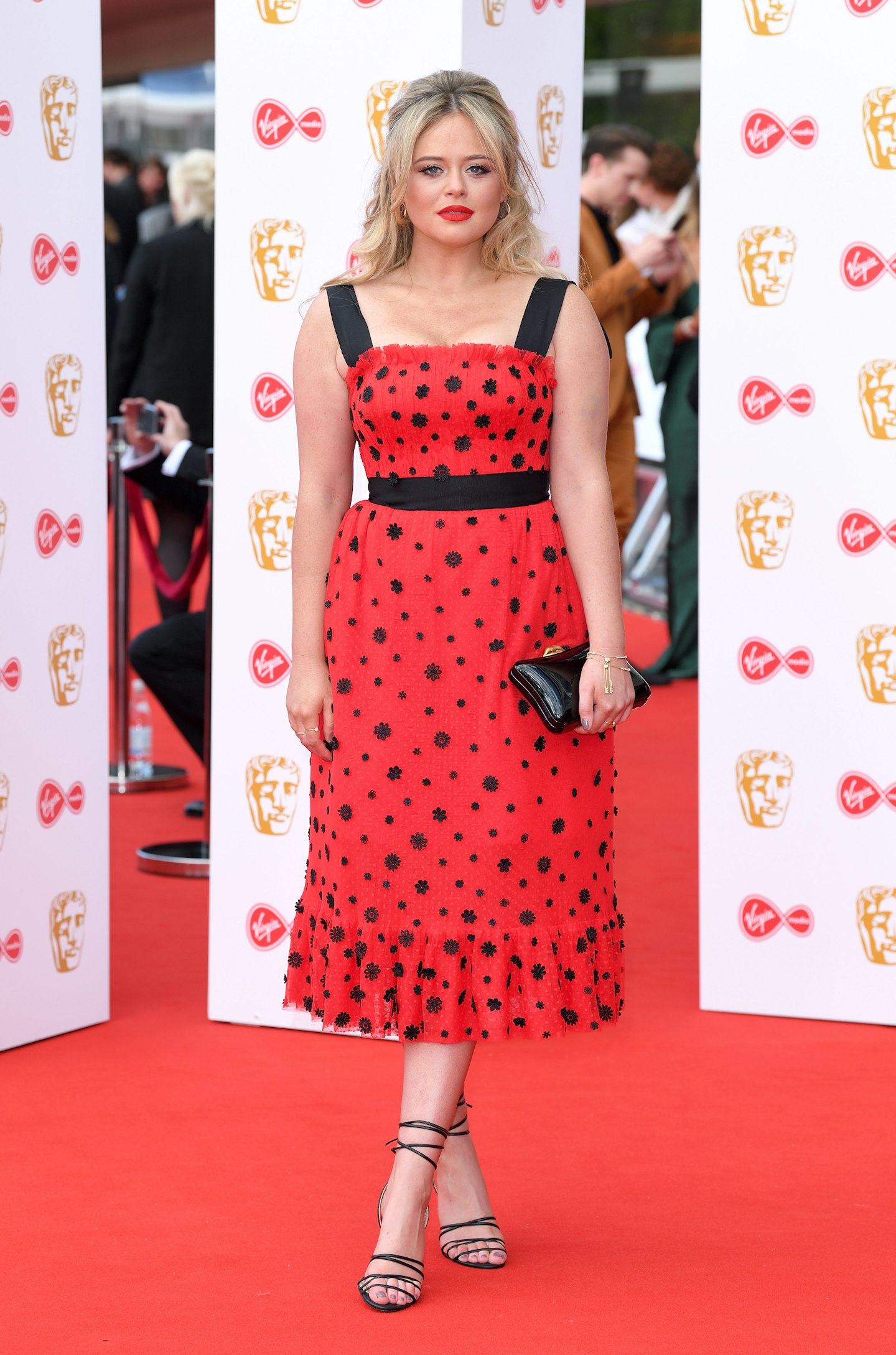 2 of 27
2 of 27Emily Atack
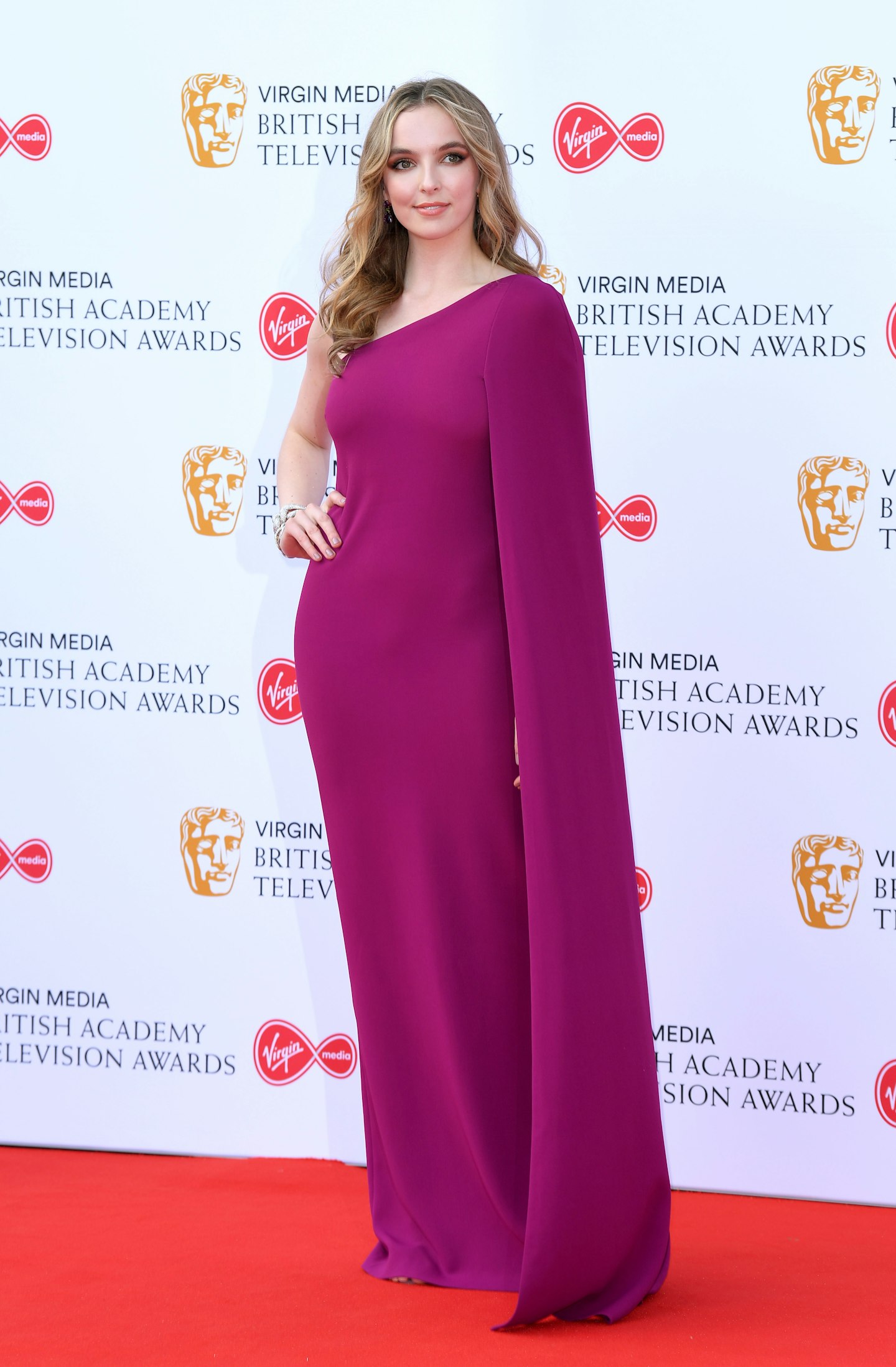 3 of 27
3 of 27Jodie Comer
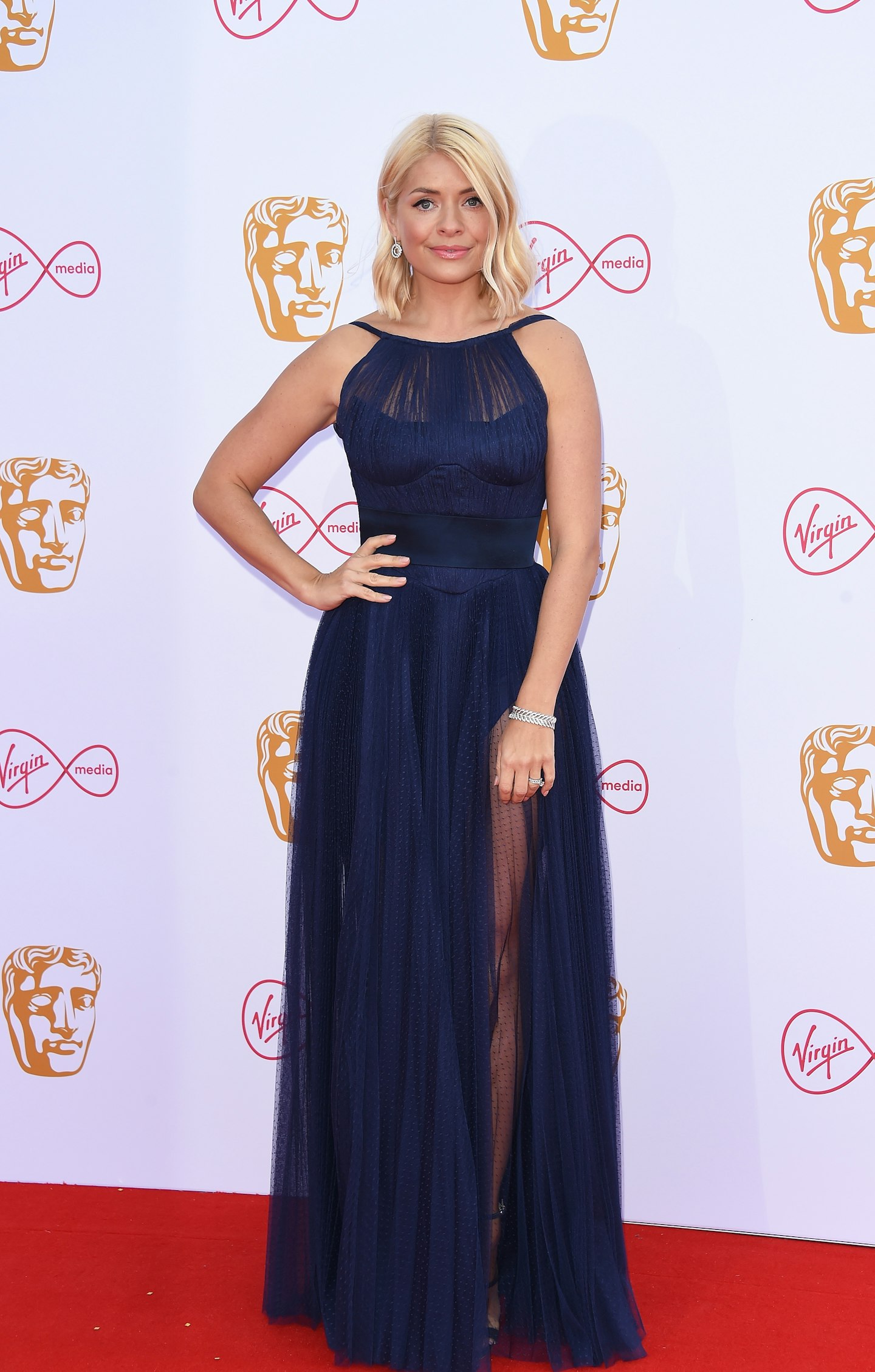 4 of 27
4 of 27Holly Willoughby
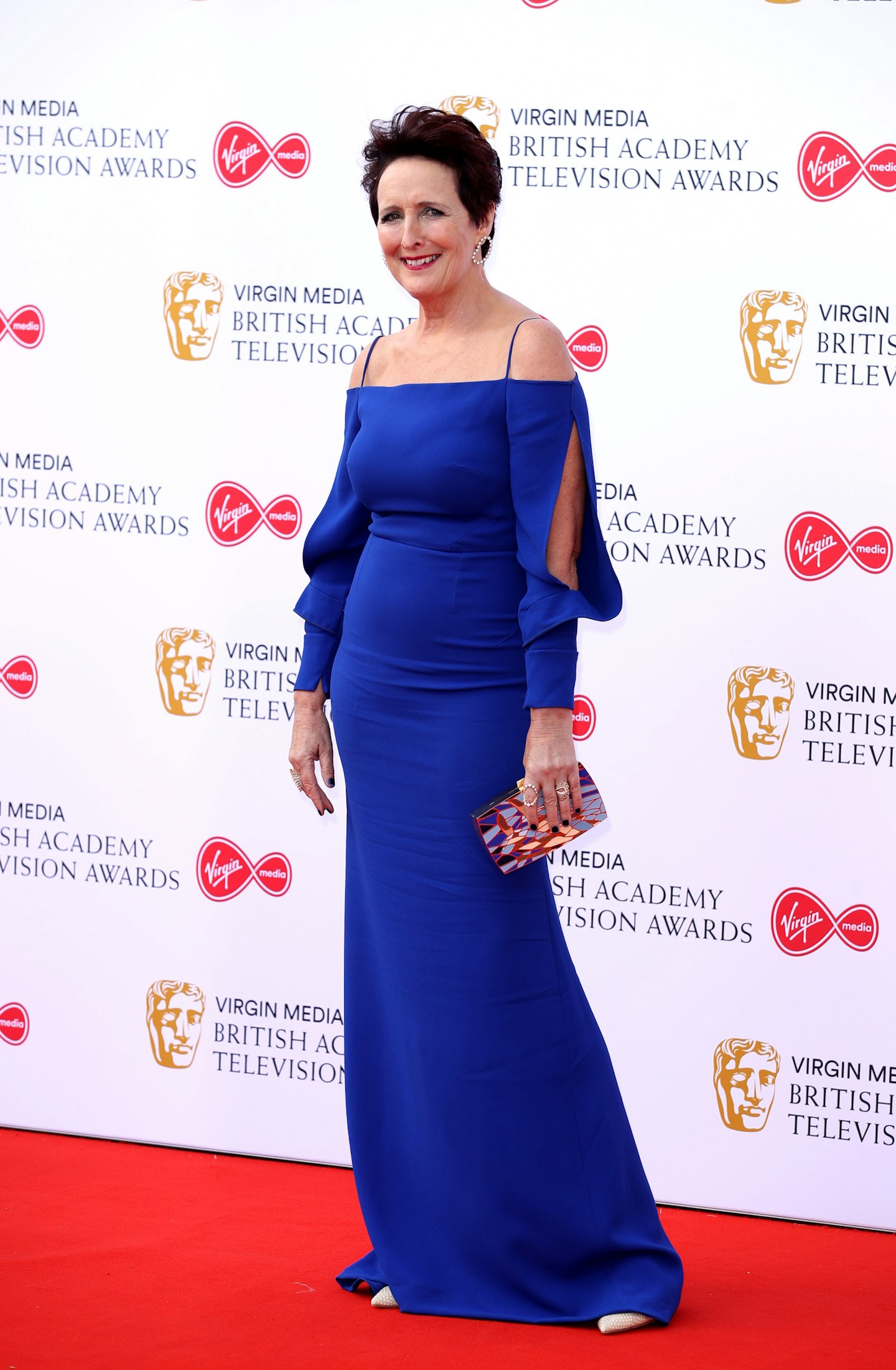 5 of 27
5 of 27Fiona Shaw
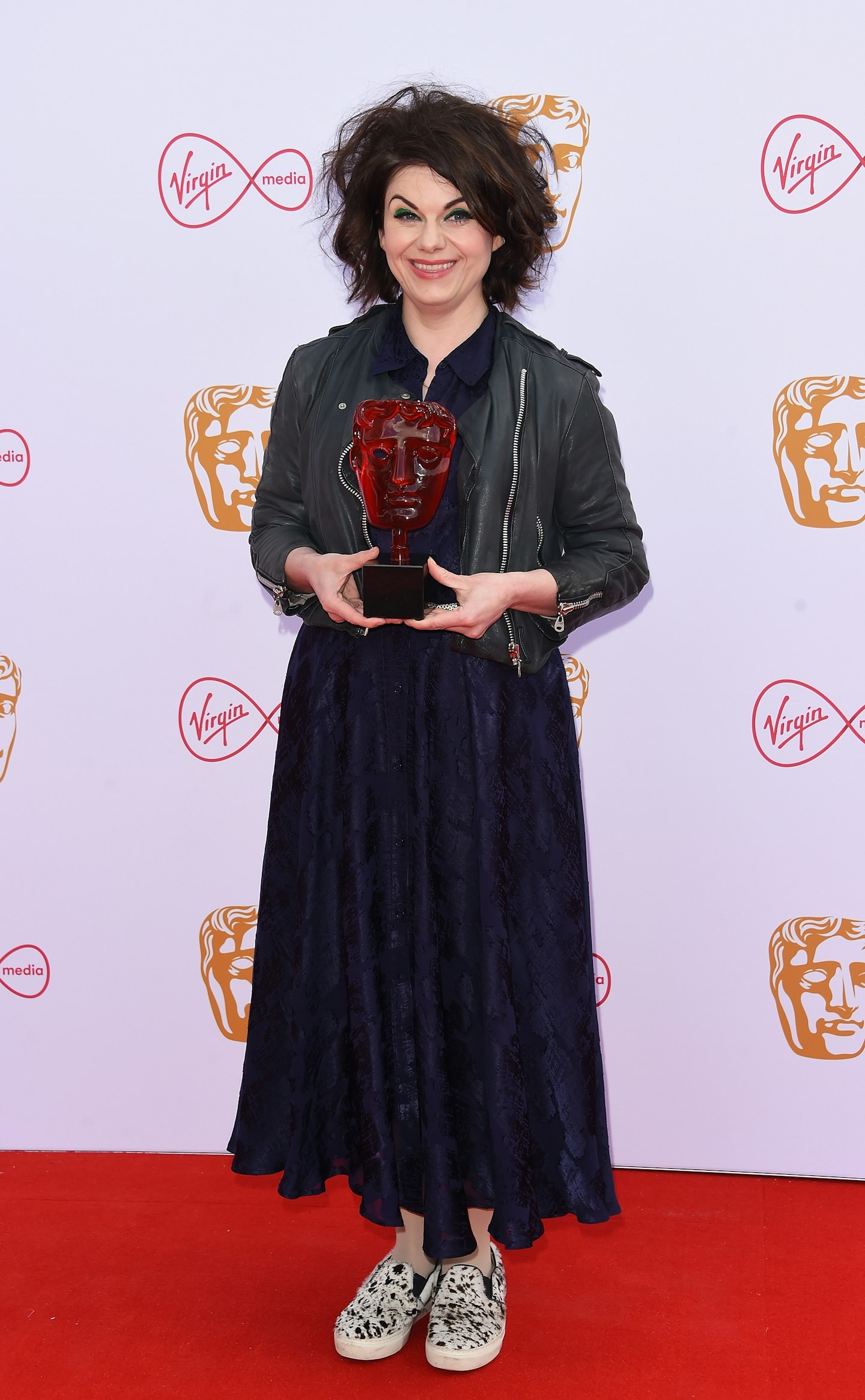 6 of 27
6 of 27Caitlin Moran
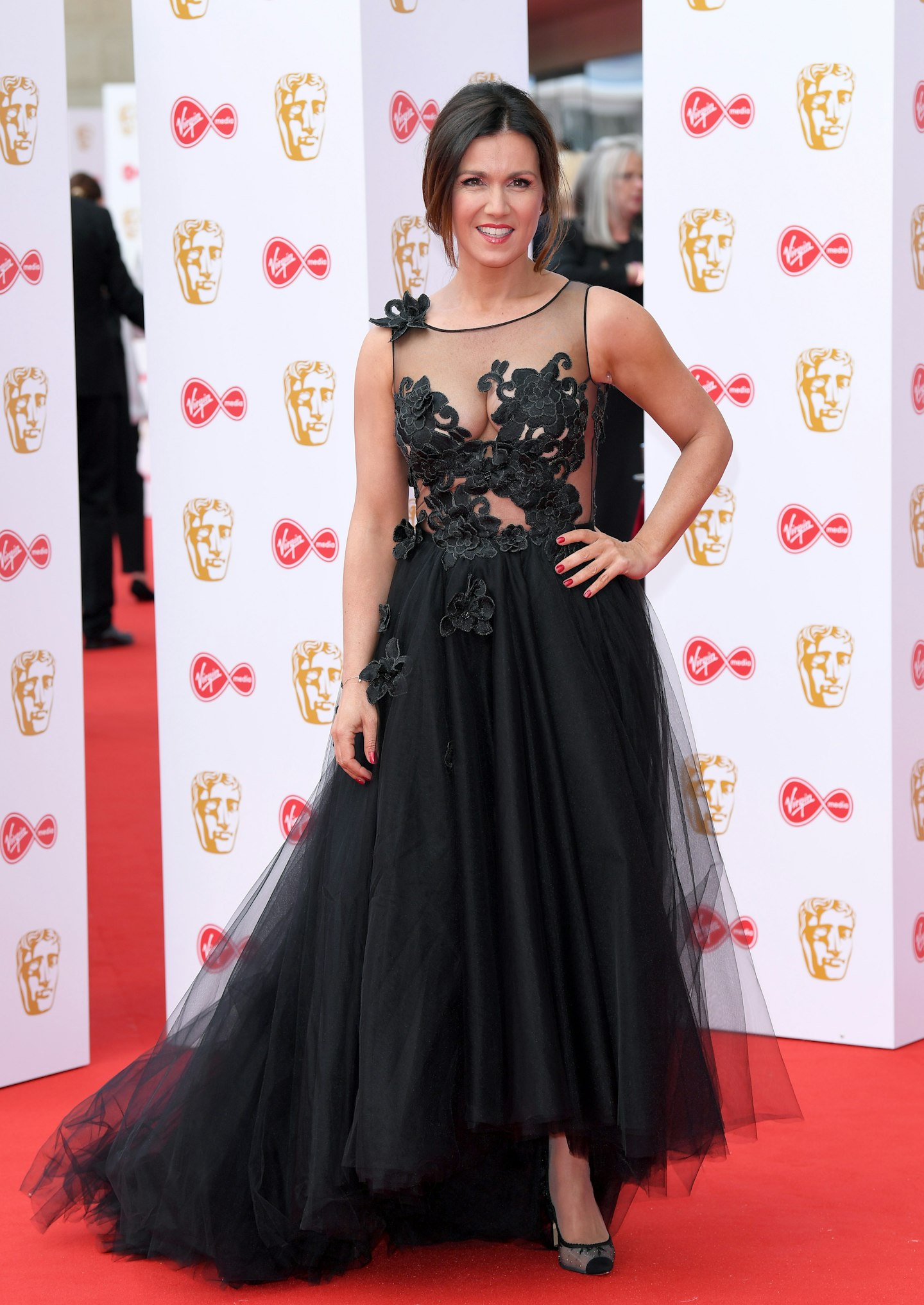 7 of 27
7 of 27Susannah Reid
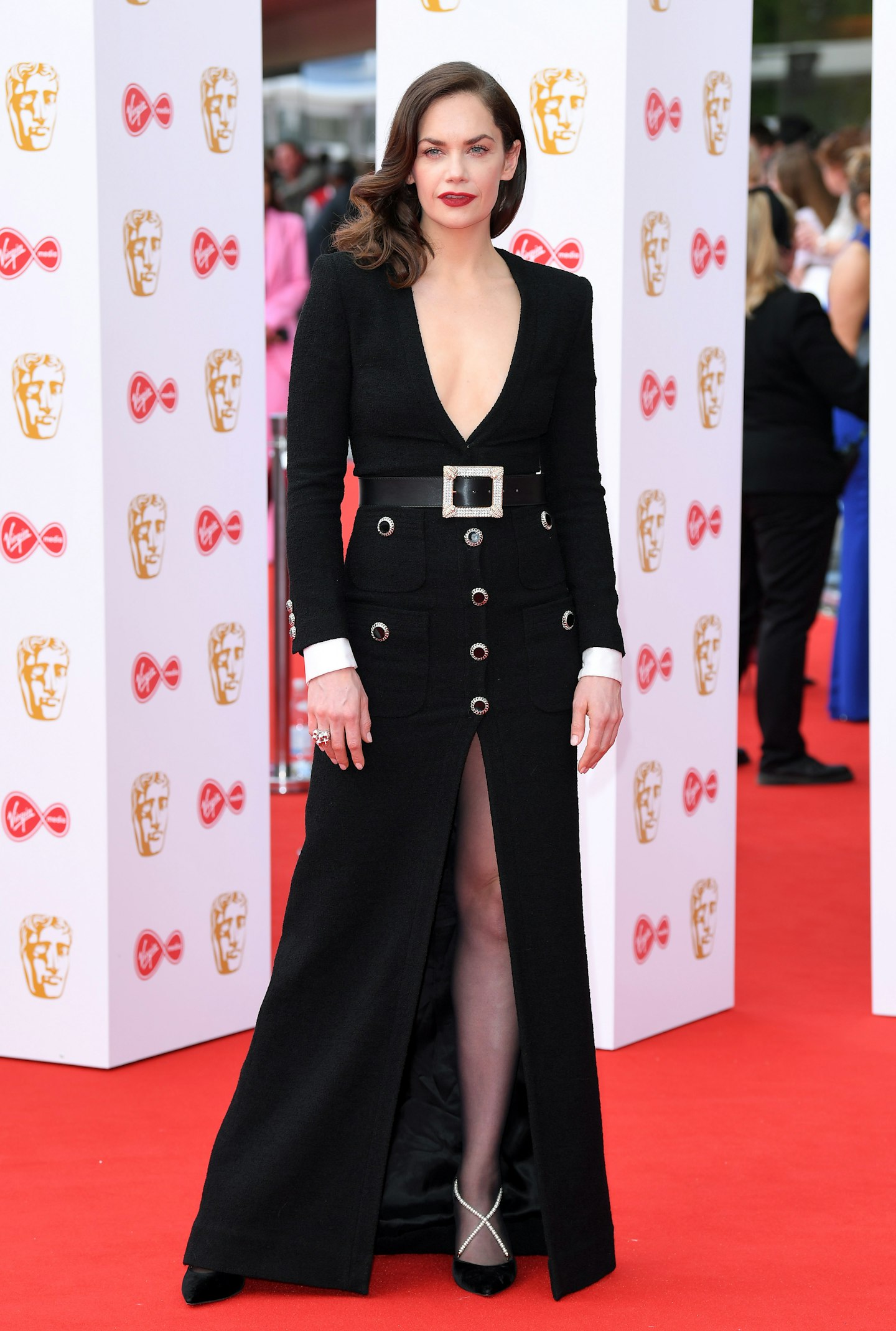 8 of 27
8 of 27Ruth Wilson
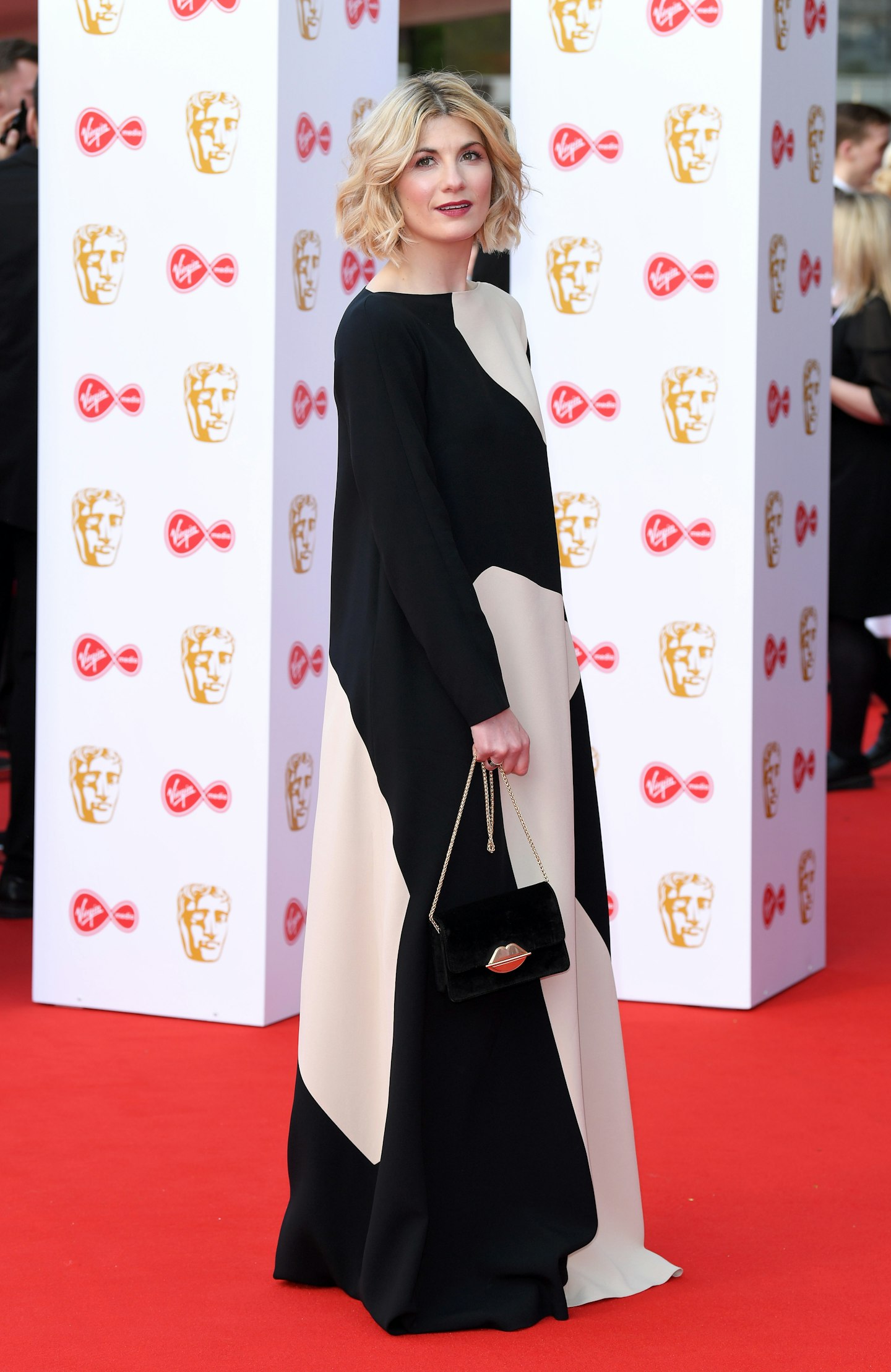 9 of 27
9 of 27Jodie Whittaker
 10 of 27
10 of 27Sheridan Smith
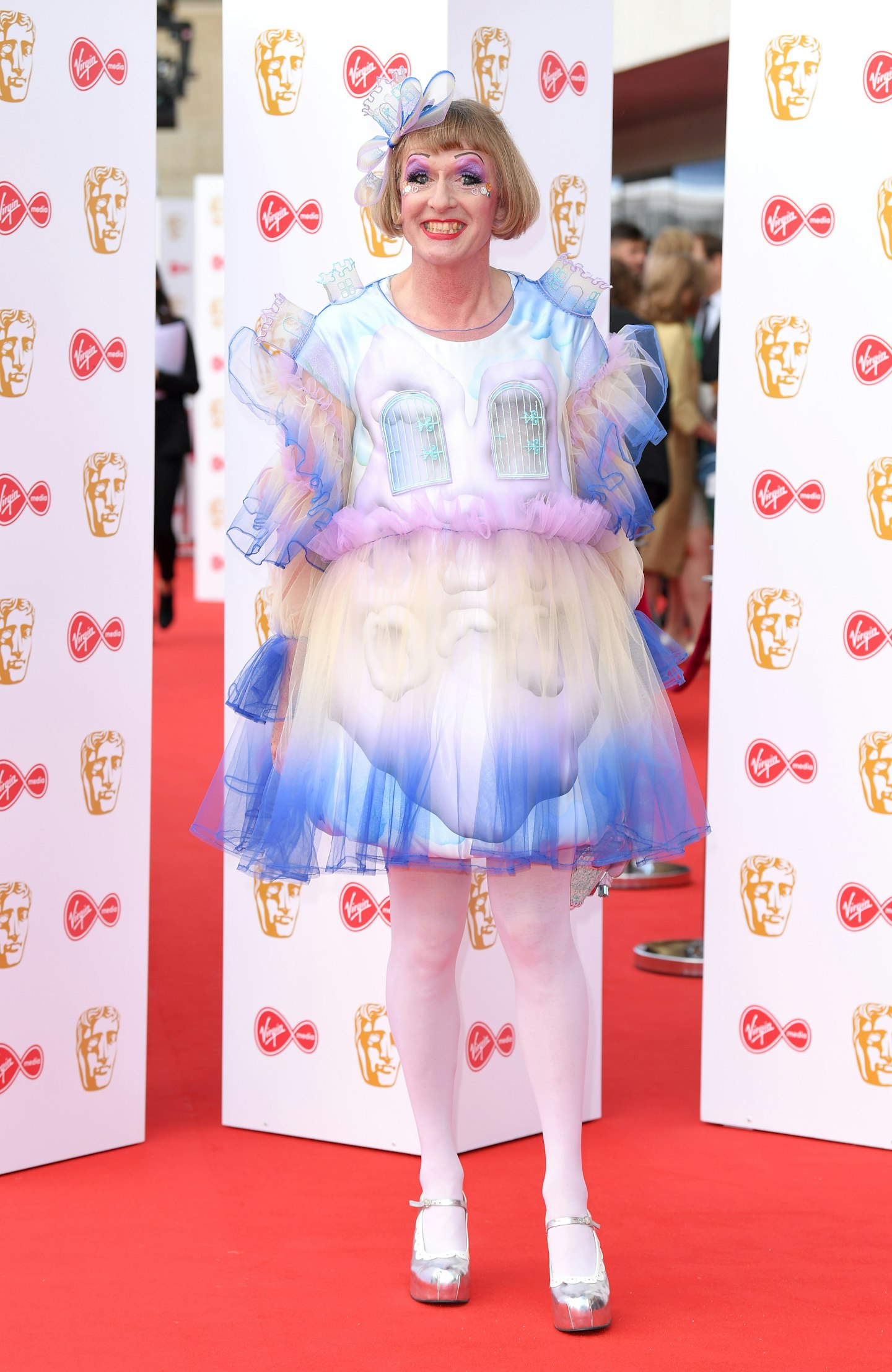 11 of 27
11 of 27Grayson Perry
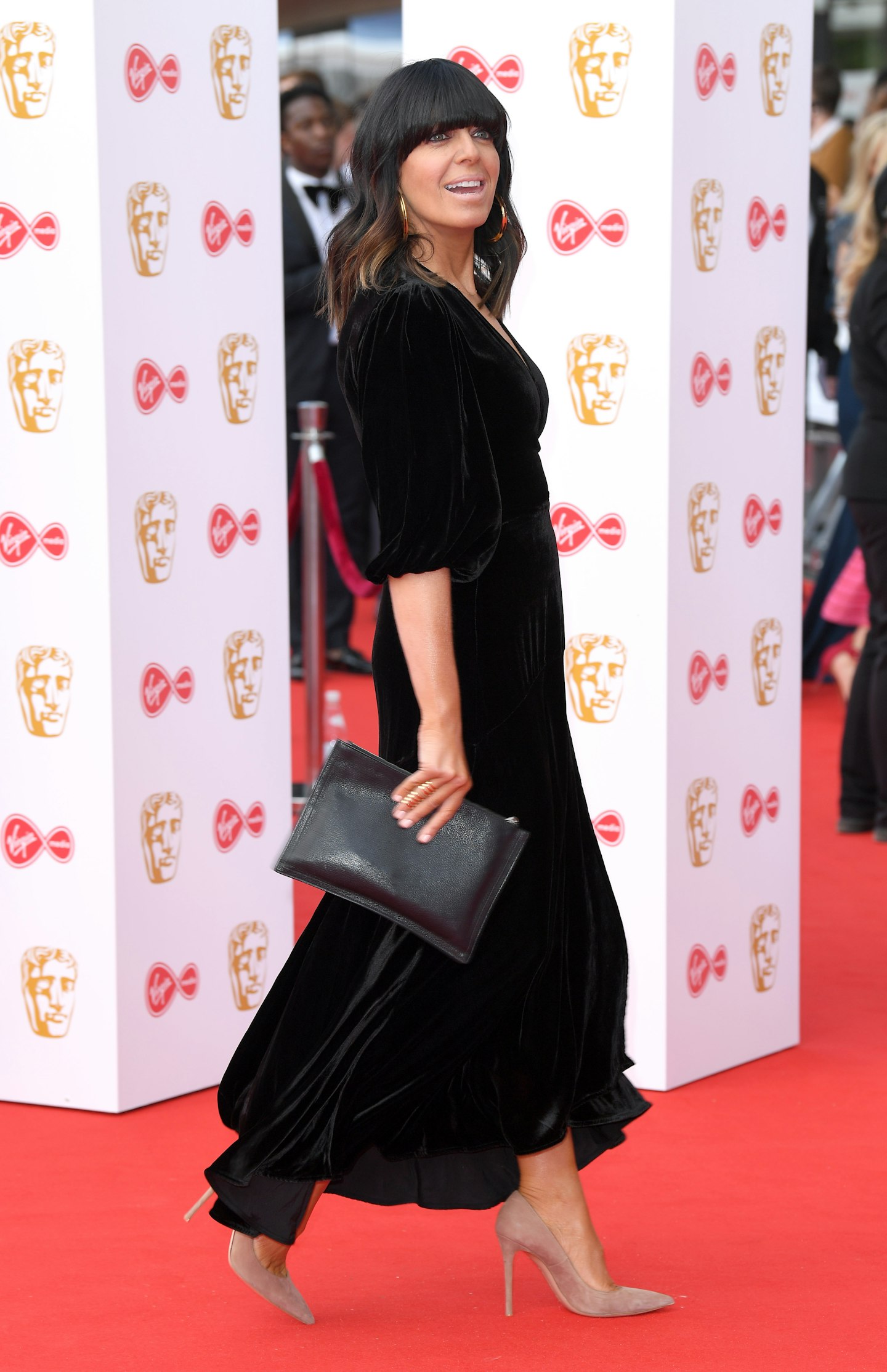 12 of 27
12 of 27Claudia Winkleman
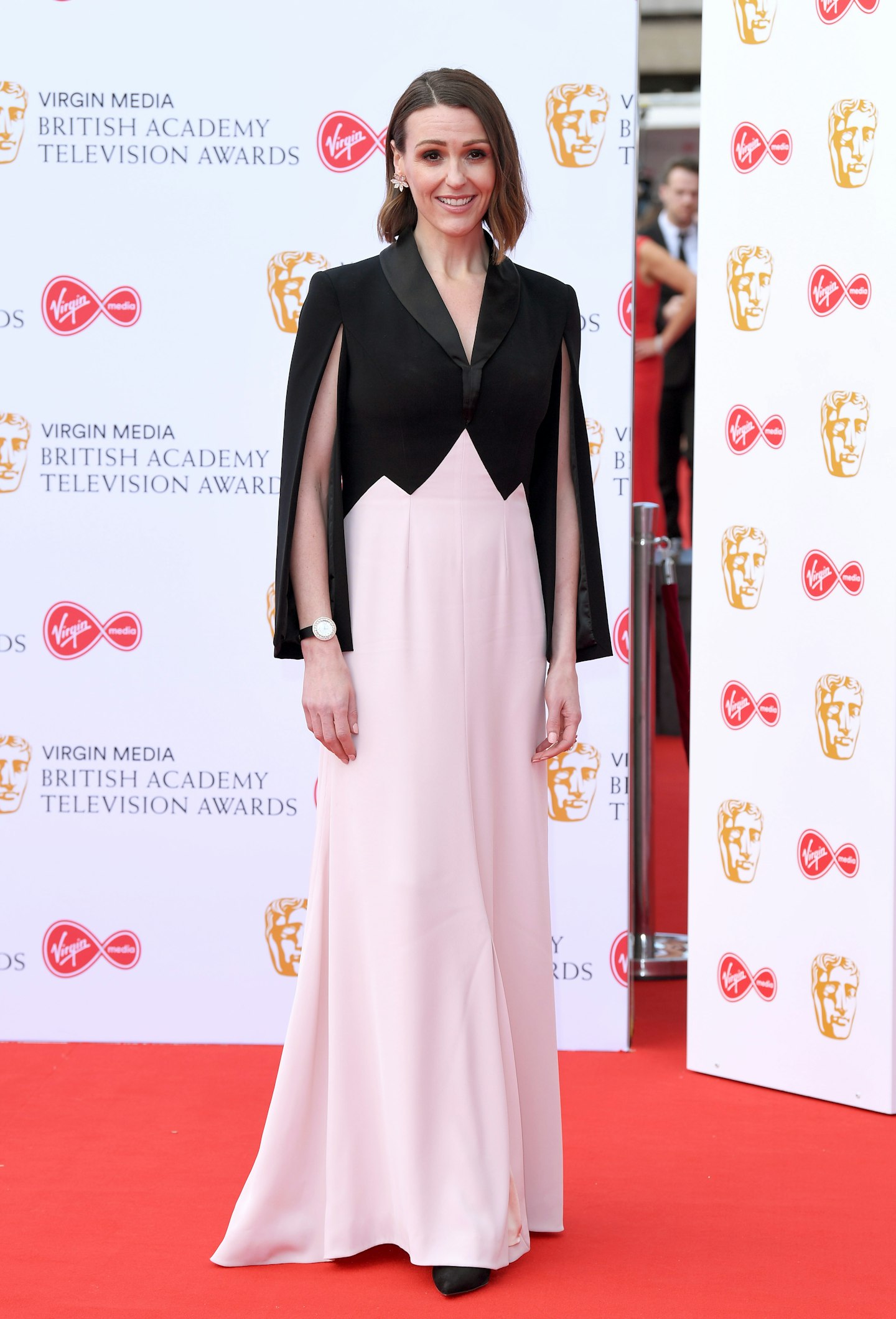 13 of 27
13 of 27Suranne Jones
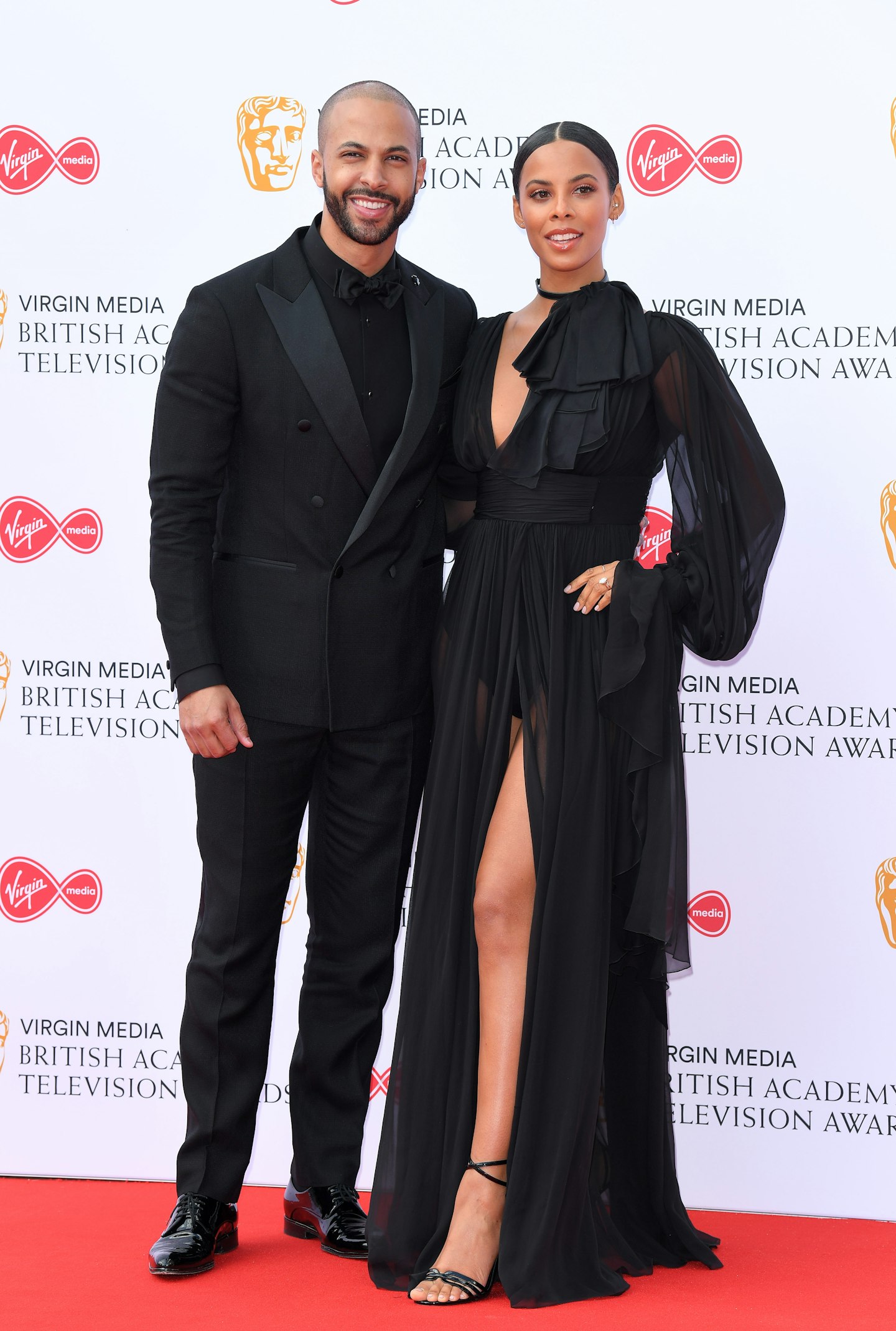 14 of 27
14 of 27Marvin and Rochelle Humes
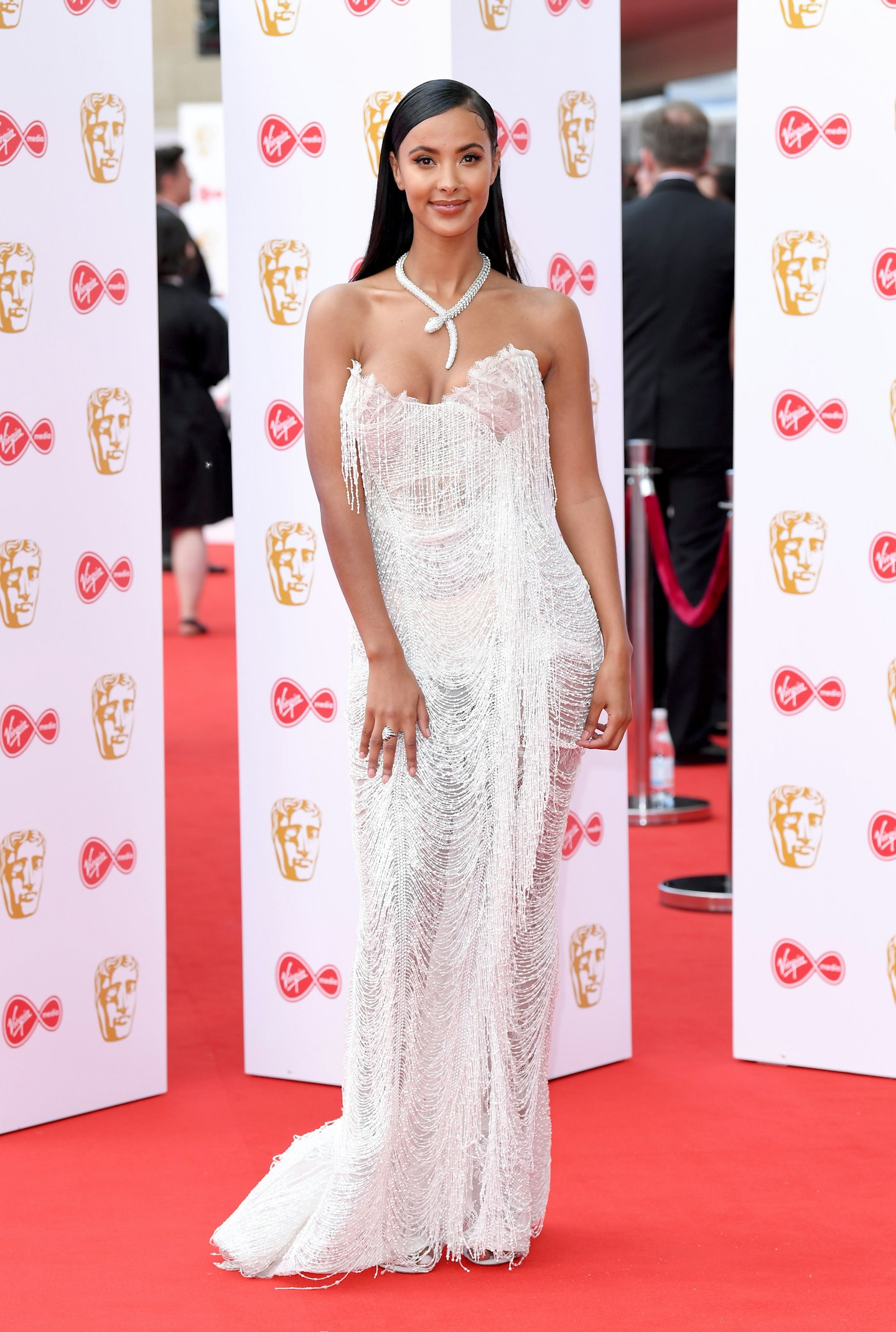 15 of 27
15 of 27Maya Jama
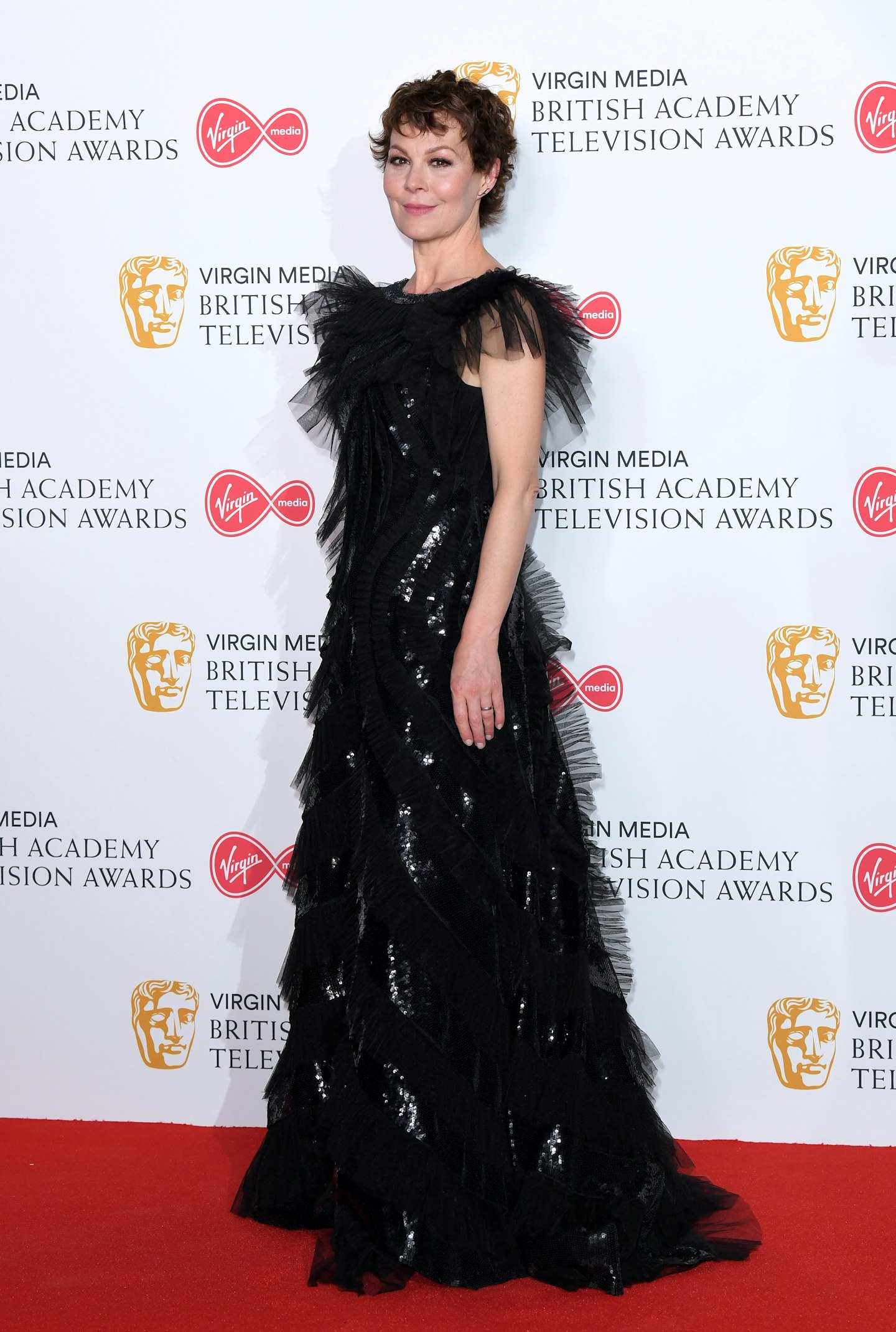 16 of 27
16 of 27Helen McCrory
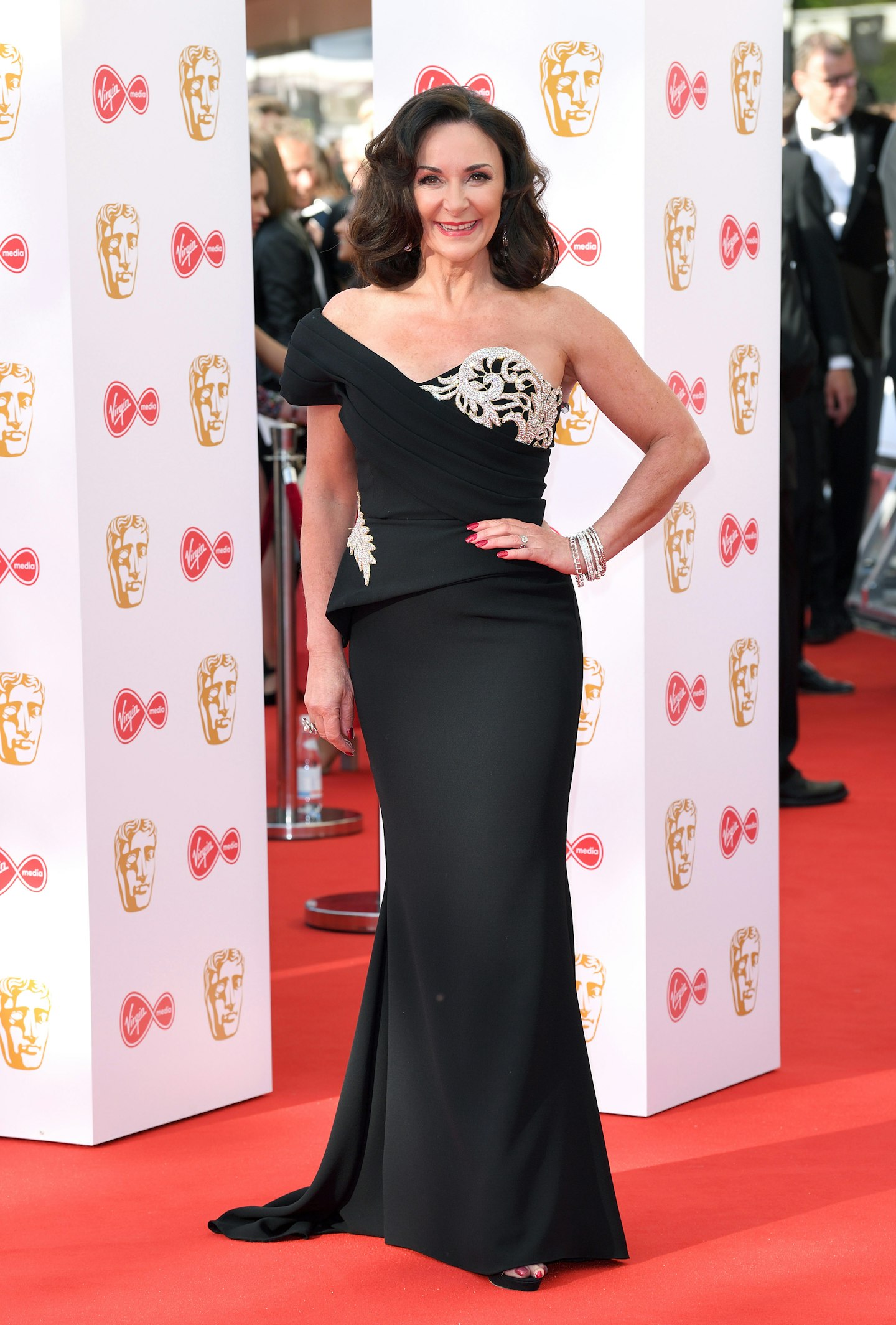 17 of 27
17 of 27Shirley Ballas
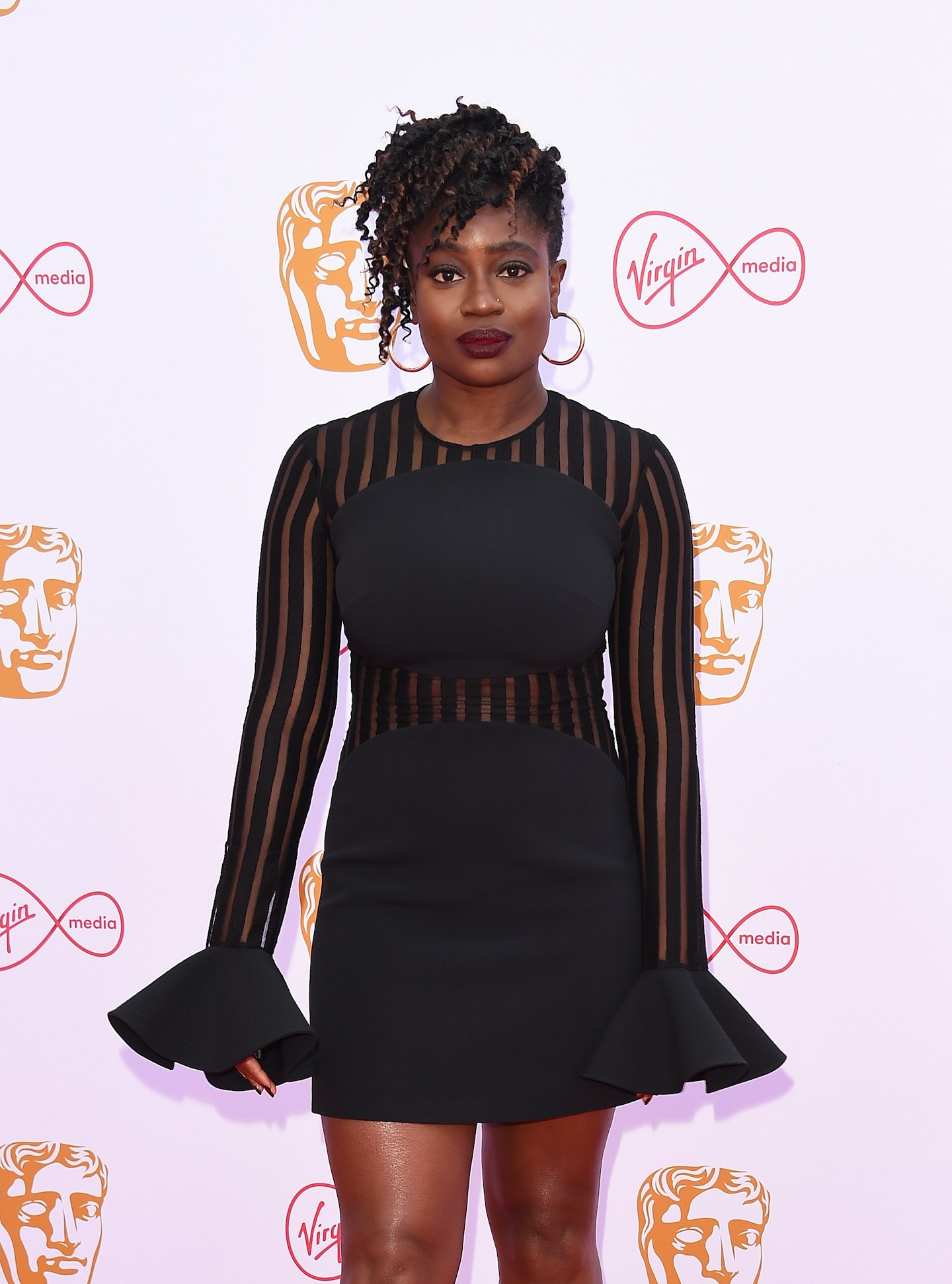 18 of 27
18 of 27Clara Amfo
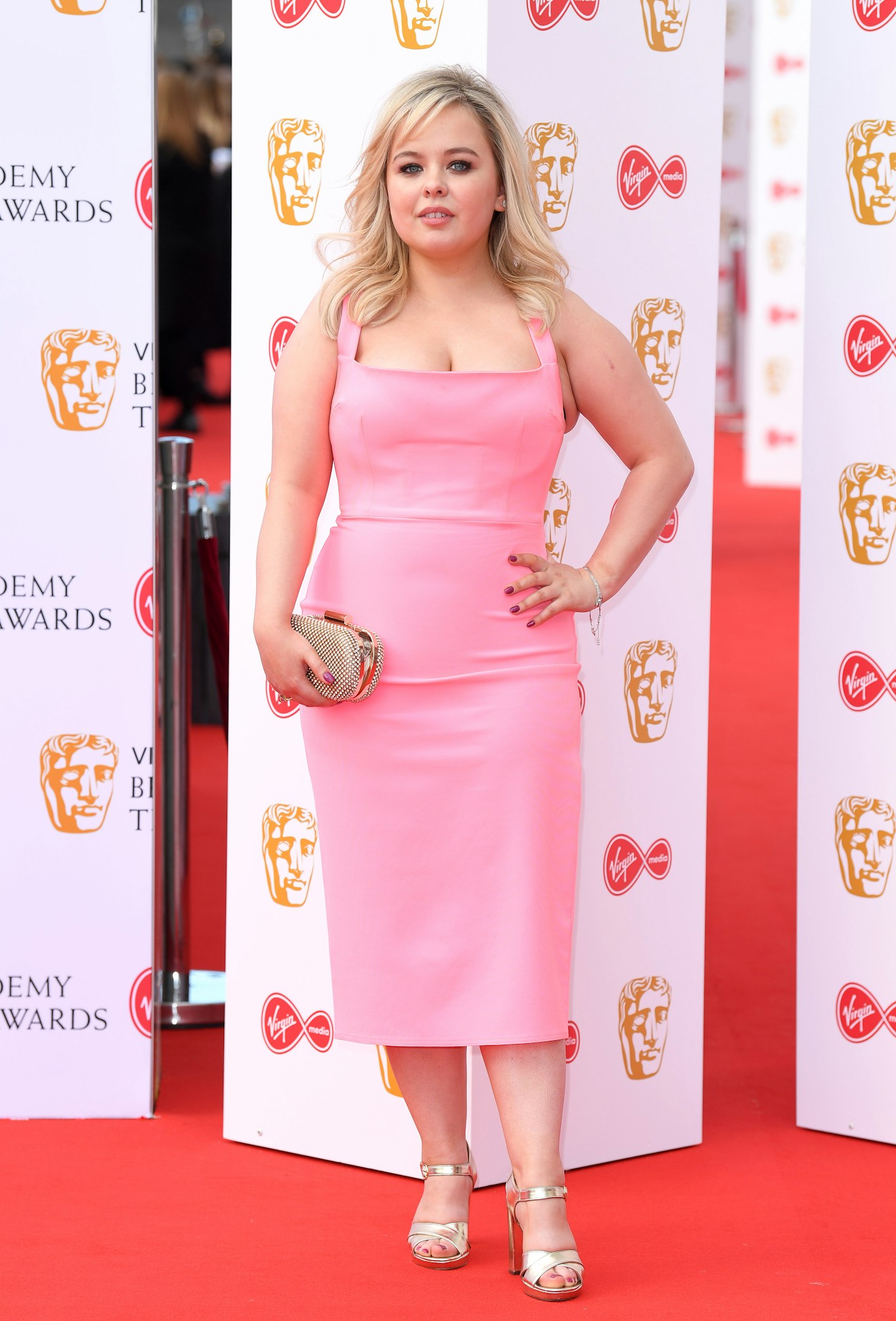 19 of 27
19 of 27Nicola Coughlan
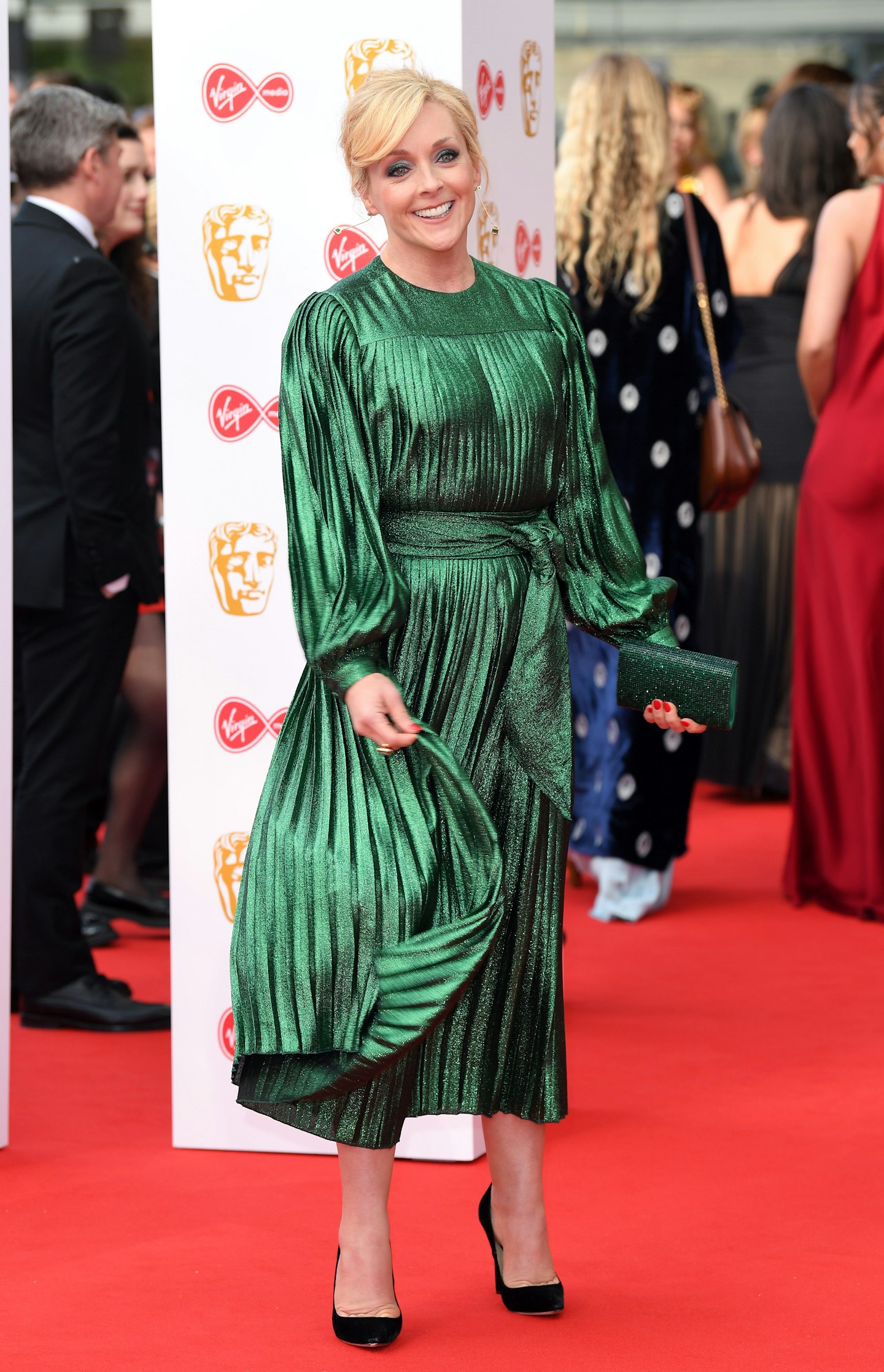 20 of 27
20 of 27Jane Krakowski
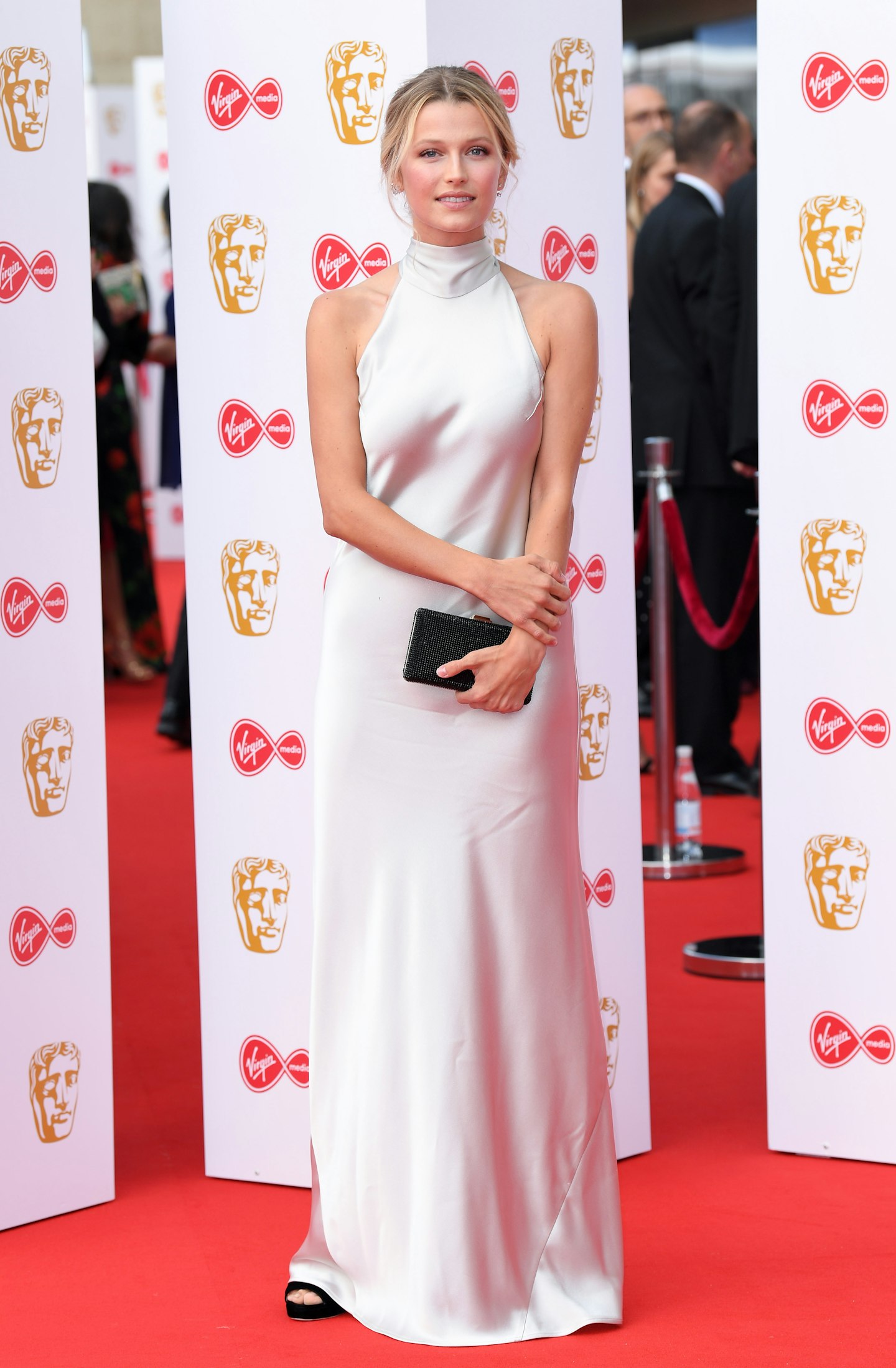 21 of 27
21 of 27Lily Travers
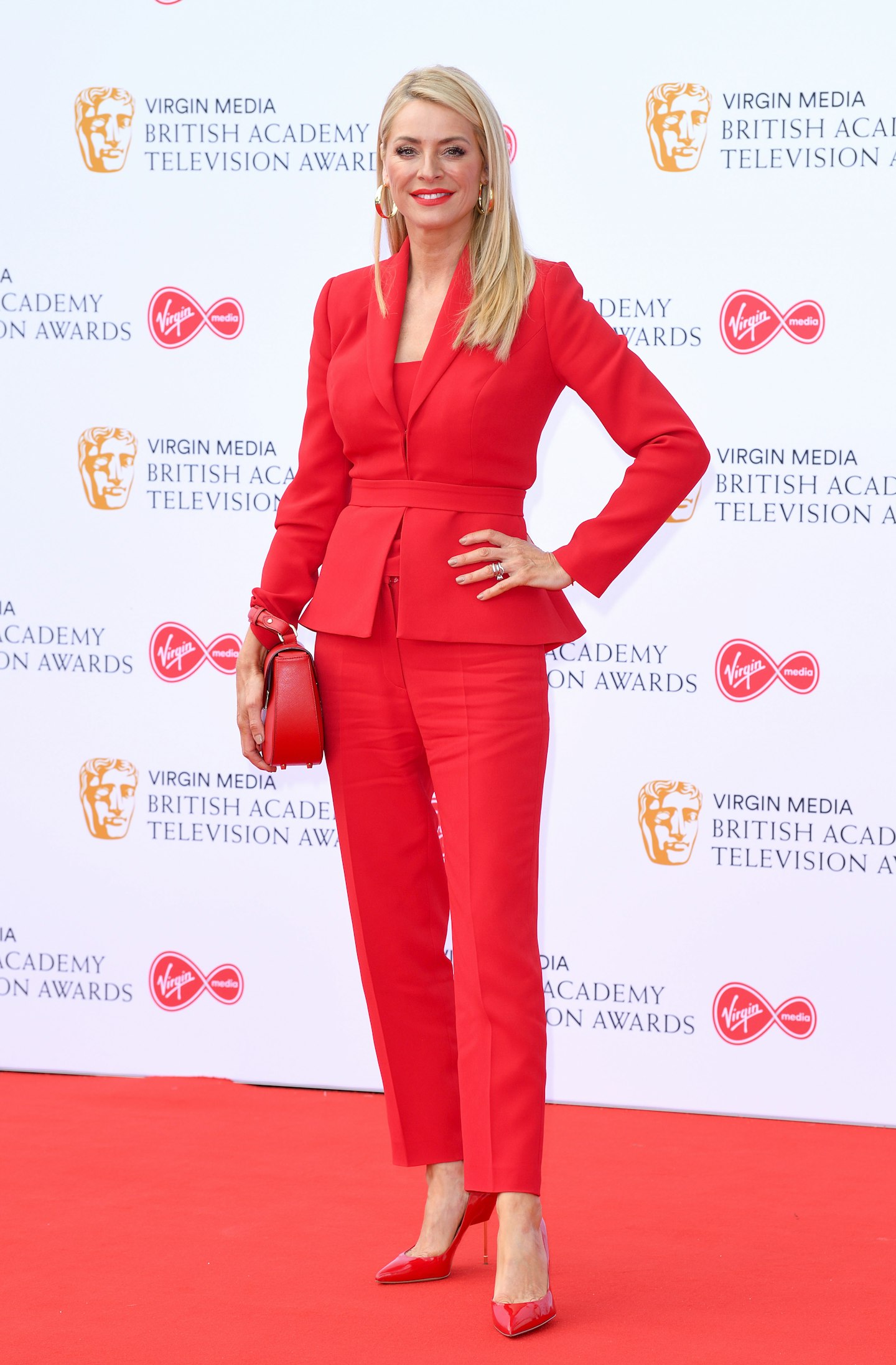 22 of 27
22 of 27Tess Daly
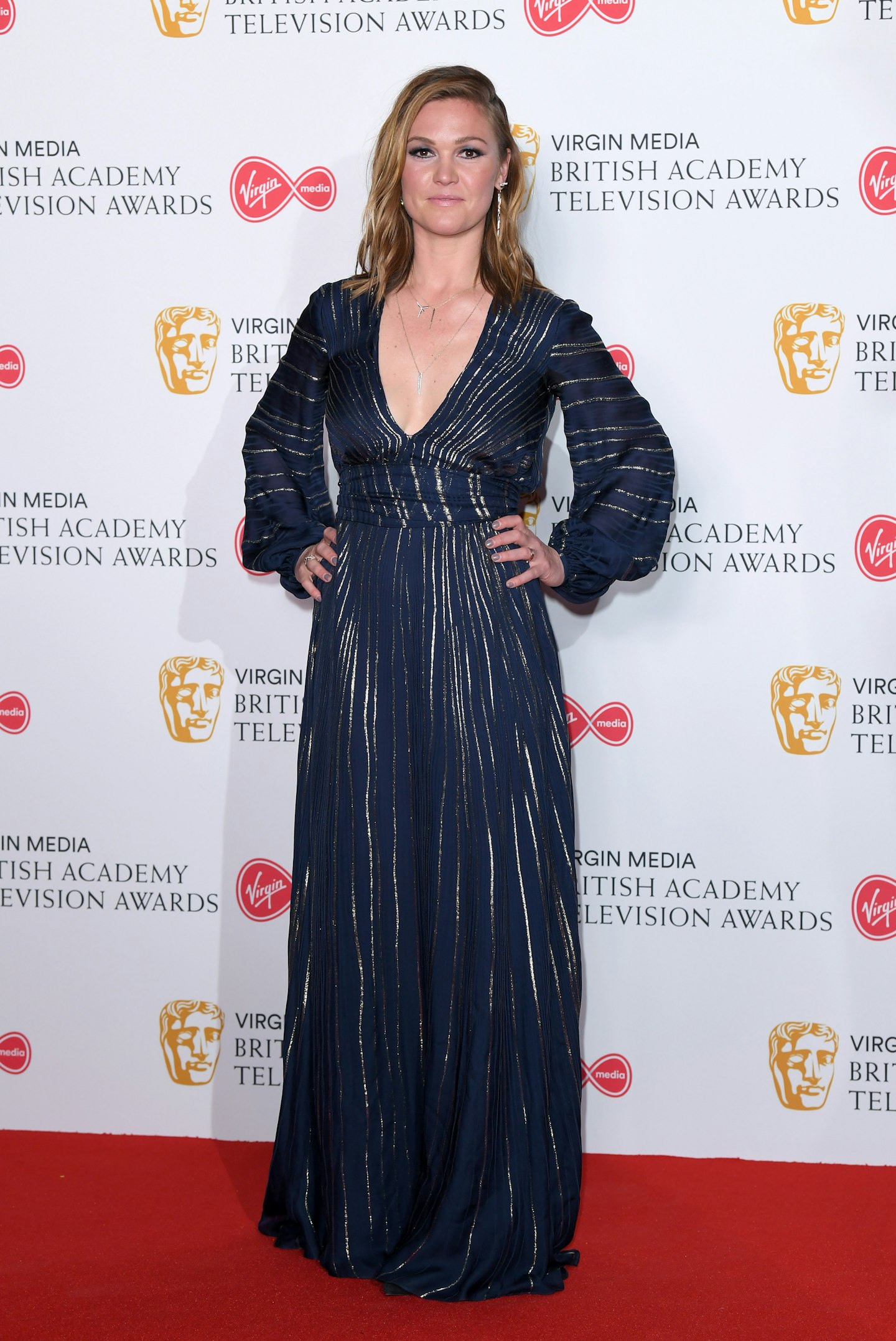 23 of 27
23 of 27Julia Stiles
 24 of 27
24 of 27Lilah Parsons
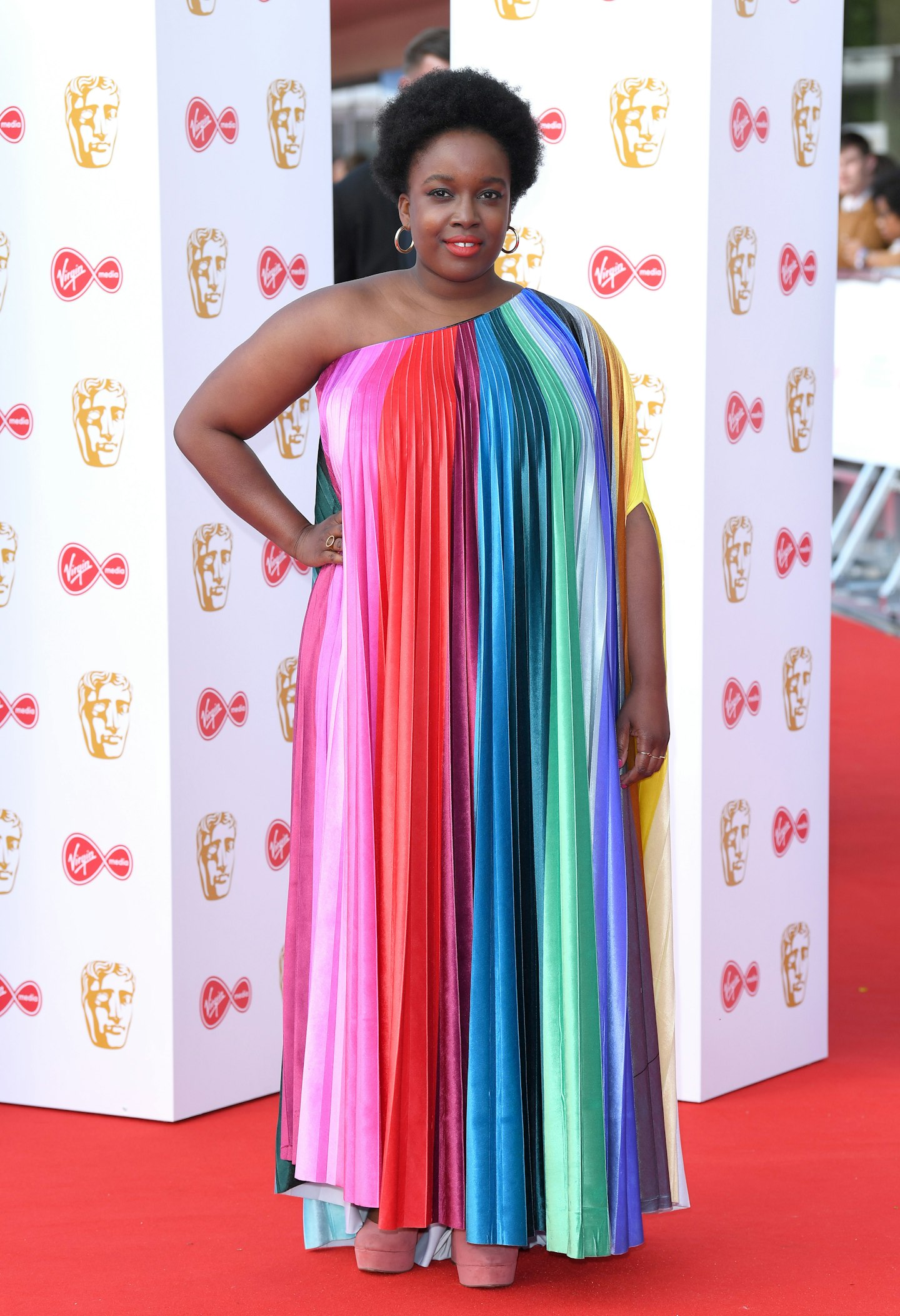 25 of 27
25 of 27Lolly Adefope
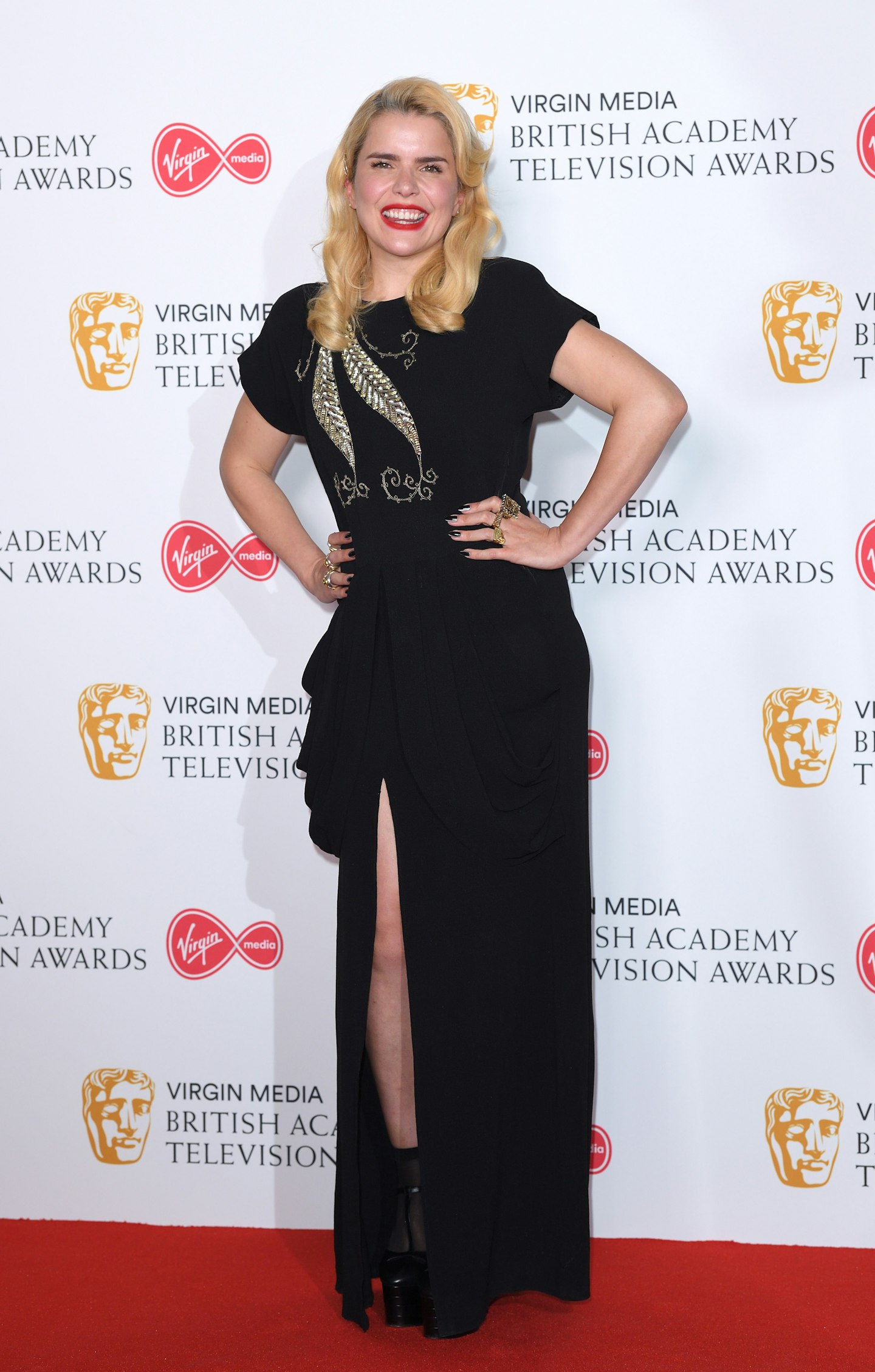 26 of 27
26 of 27Paloma Faith
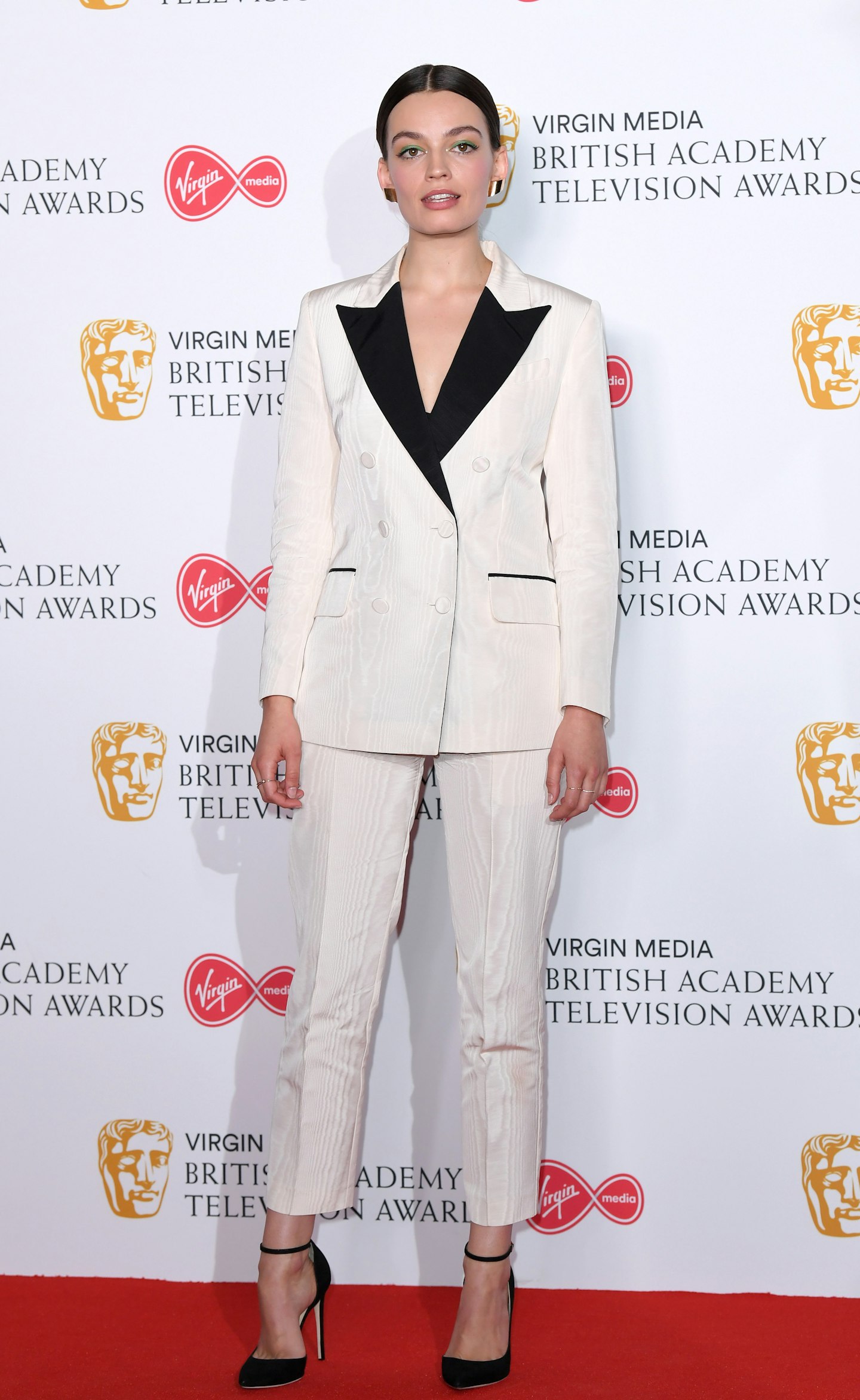 27 of 27
27 of 27Emma Mackey
The war on red carpet criticism has begun. Readers were quick to point out that Munn was off-base — the Fug Girls make a point to never comment on the bodies of the women (and men) they critique — and that commenting on or making a joke about a person’s outfit is not an attack on their character or career. Yet the debate over whether such critiques are appropriate rages on, primarily on Twitter, a platform which has had a major impact on criticism of all kinds. Social media has made fans’ voices loud, creating an echo chamber of fierce positivity that makes it easy for celebrities to focus on the clamour of fawning praise and decry all critics as “haters” or “bullies”.
Advocating for the death of such criticism does a disservice to the painstaking work of the people who build each look, and ignores the red carpet’s important role as a stage for celebrities to tell stories about themselves and their careers. Moreover, to co-opt feminism as a shield against legitimate criticism totally disregards fashion’s function as a tool for self-expression, which many women take pleasure in and feel empowered by.
There is still a place for red carpet critiques in 2019, but in what form? Some urge a more affirmative view, although that has its dangers: a conversation where every outfit is deemed “flawless” and “stunning” is not only boring, it overlooks the value of criticism. Over the years, the fear of landing on the worst dressed list means unpredictability has been filtered out in favour of playing it safe. These starry events tended to offer a homogenous parade of inoffensive gowns that obscure individuality and undo all the joys of fashion, while our definitions of “best” and “worst” dressed have become so narrow that they drain much of the power — and the fun — from critical evaluation.
Now, perhaps emboldened by the momentum of #MeToo, celebrities are starting to take risks again, and it’s time that critics took a fresh look at how they cover those risks. It’s not as simple as whether a dress is flattering or not. The days of neat little boxes for “best” and “worst” are over, and we should meaningfully engage with, rather than dismiss, the women who dare to be themselves and present something different and unexpected.
Back in 1922, no one could have foreseen how that crimson path would take on a life of its own. And while we don’t know what the future holds for the red carpet, we can be sure that as long as celebrities are dressing up and stepping out, we’ll all be talking about it.
